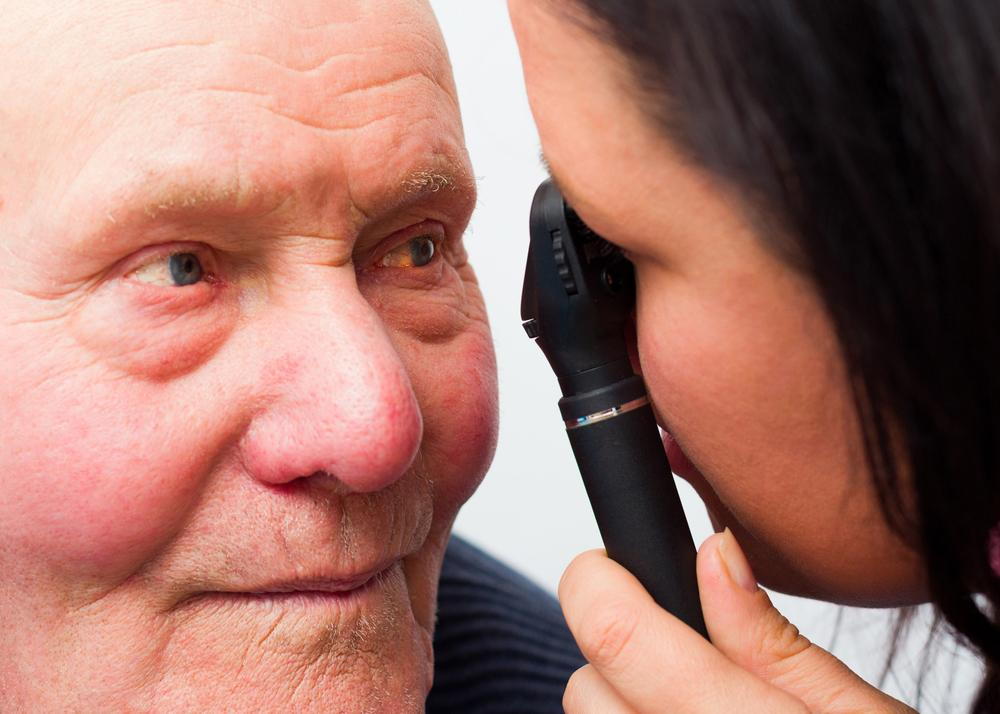All Categories
Featured
Table of Contents

Routine eye evaluations are important for keeping great vision and discovering possible eye wellness issues early. The regularity of these tests can differ significantly based on an individual's age, way of living, and total wellness. Recognizing the recommended timetable for eye exams can aid ensure that individuals of any ages get proper treatment and surveillance for their eye health and wellness.
Newborns and Toddlers (0-2 Years)
For kids and infants, eye tests are crucial for detecting any type of possible vision problems beforehand. The American Academy of Ophthalmology suggests that a kid's first eye examination need to take place at around 6 months old. Throughout this first browse through, the eye care expert will assess the youngster's aesthetic advancement and check for any type of obvious eye concerns.Following this first exam, it is suggested that children have an additional eye test at age three. This check out will certainly focus on evaluating the youngster's overall aesthetic feature, including eye positioning and the capability to track items. If no concerns are detected, the following exam ought to be set up before the youngster begins school, normally around age five or 6.
School-Aged Youngsters (6-18 Years)
As soon as youngsters reach school age, routine eye exams should be arranged each to two years. Vision is vital for learning and growth, and several schools carry out vision screenings. Nonetheless, these testings do not replace a comprehensive eye examination by an eye care specialist.For kids involved in sports or activities needing substantial visual focus, yearly eye tests may be advisable. Additionally, if a child exhibits signs of vision problems-- such as trouble reading, scrunching up your eyes, or constant migraines-- a browse through to the eye physician should be arranged immediately.
Young Grownups (19-39 Years)
Young person normally have fewer vision modifications than older age teams, yet normal eye tests stay essential. The basic suggestion is to schedule an eye test every two years throughout this duration. Nonetheless, individuals with details threat factors-- such as a family members history of eye condition, diabetes, or those who wear call lenses-- should consider annual eye tests.Additionally, those who spend substantial time on electronic gadgets might experience digital eye stress. If signs such as dry skin, fatigue, or blurred vision happen, it may be sensible to see an eye care expert sooner.
Grownups (40-64 Years)
As individuals enter midlife, the probability of creating vision issues increases. Adults aged 40 to 64 ought to schedule eye tests every one to 2 years. This age group may start to experience presbyopia, an all-natural age-related condition that makes it challenging to concentrate on close objects. Eye tests can additionally assist spot other typical age-related conditions such as glaucoma, cataracts, and macular deterioration.If people in this age team have threat aspects like high blood stress or diabetes, they may call for more frequent exams to check their eye health and wellness closely.
Elders (65 Years and Older)
For senior citizens, regular eye tests become much more critical. The American Optometric Association recommends that people matured 65 and older have an eye examination at the very least annually. Older grownups are at a greater threat for various eye illness, consisting of cataracts, glaucoma, and age-related macular deterioration. Early discovery and therapy of these conditions can prevent vision loss and boost the lifestyle.Final thought.
Recognizing the ideal schedule for eye tests based on age is crucial for preserving optimal eye health and wellness throughout life. By sticking to these standards and seeking advice from with an eye treatment expert, individuals can take aggressive actions toward preserving their vision and total health and wellness.Table of Contents
Latest Posts
Discover Special Auto Repair Offers in Chicago at Montclare Auto Repair
Published en
1 min read
Explore Affordable Auto Repairs with Montclare’s Limited-Time Service Specials
Published en
1 min read
Unlock Your Financial Partner at WyHy – Top Benefits for Your Financial Success
Published en
1 min read
More
Latest Posts
Discover Special Auto Repair Offers in Chicago at Montclare Auto Repair
Published May 27, 25
1 min read
Explore Affordable Auto Repairs with Montclare’s Limited-Time Service Specials
Published May 25, 25
1 min read
Unlock Your Financial Partner at WyHy – Top Benefits for Your Financial Success
Published May 25, 25
1 min read